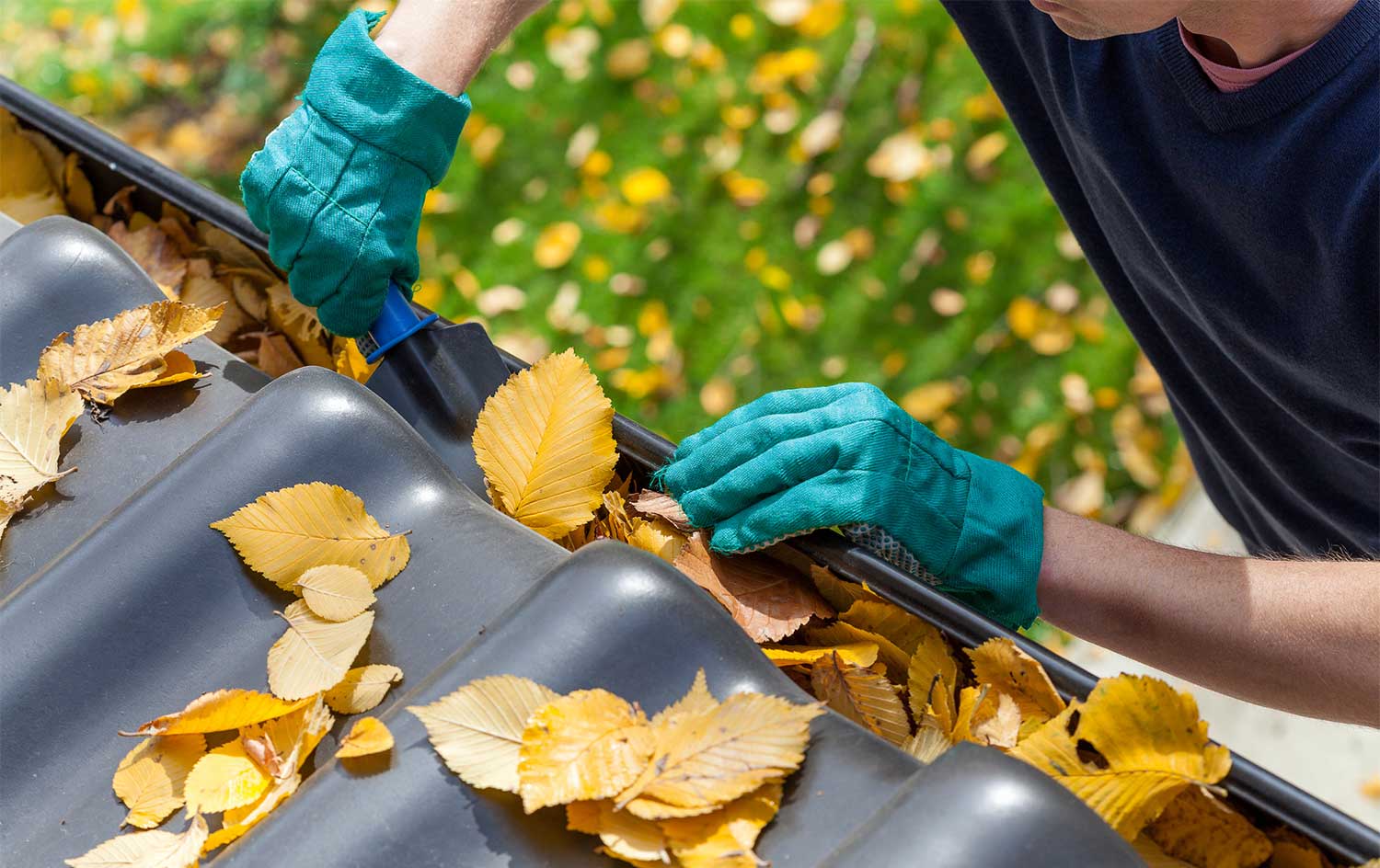8 Common Problems That Can Lead to Pest Infestations
Keep critters outside your home with simple preventative measures


Nothing will give you the creepy crawlies quite like seeing actual creepy crawlies scuttling along your kitchen floor. But when pests, big or small, find their way into your home, it’s often because they are looking for food, water, and shelter. To keep these unwanted visitors at bay, it’s important to know some of the main causes of pest infestations and take preventative actions.
1. Untrimmed Trees or Shrubs
If you have trees and shrubs with leaves and branches touching your home’s exterior, you could soon have ants, spiders, or other pests invading your home. Shrubs that are growing against your home can also retain moisture, causing an inviting spot for pests plus the potential for mold.
To help prevent a pest infestation, use the following tips:
Cut back trees and shrubs at least 3 feet from the home.
Consult a local certified arborist, as you may need to remove some trees or shrubs.
Be sure to consider how wide the plants will grow when you are choosing where to plant new trees and shrubs.
2. Soil
There are multiple instances where soil can lead to a pest infestation in your home. If soil is touching your home’s siding, it could invite ants or termites inside, leading to costly damage. Soil grading can also direct water toward your home, which not only attracts pests but could also lead to leaks or floods.
Make sure to leave 6 to 8 inches of space between soil or mulch and your home’s siding.
Dig out space to keep soil from contacting home siding, deck posts, or deck staircases.
Ensure soil is graded away instead of toward your home. This helps water after rainfall flow toward the streets and storm drains rather than your house.
3. Crawl Space Gaps
The next time you need to access your crawl space, the last thing you’ll want to find is pests or evidence of pests, like their waste. Gaps around your crawl space will allow rodents and other critters to not only access the crawl space but also the rest of your home.
Try these ideas to keep pests out of your crawl space:
Hire a local crawl space encapsulation expert to fill gaps with a properly fitted crawl space door, plus repair any damage to foundation vent screens or insulation.
Seal any gaps or cracks around the crawl space, no matter how small or insignificant they may seem. According to the Centers for Disease Control and Prevention, mice can fit into holes as wide as a nickel, and even rats can fit into holes as small as a half-dollar coin.
4. Missing or Damaged Soffit Vent Screens or Chimney Caps
Soffit vent screens help with attic and home ventilation while keeping out pests. Chimney caps prevent birds, squirrels, or raccoons as well as snow or rain from getting inside your home, while still allowing smoke to escape while you’re burning a cozy fire.
If either of these things is missing, pests can get into your home either by accident or to seek shelter.
Use galvanized quarter-inch hardware cloth and stainless steel staples or screws to re-screen soffit vents.
Hire a chimney repair specialist to install a new chimney cap if yours is missing or damaged.
5. Messy Gutters

Clogged gutters are attractive to pests for many reasons. The debris can create a habitat for bugs, but it can also lead to standing water that attracts mosquitoes. Overflowing gutters can lead to rot along the side and foundation of the home, and that rot will also invite pests.
Clean gutters at least twice a year, even if you don’t have many trees around your home.
If your property is filled with leafy maple trees or dogwoods, plan to clear out the gutters every one to three months.
6. Leftover Food

Pests aren’t too picky when it comes to food for survival. So whether it’s a few crumbs on the counter or a slobber-filled dog bowl, any bits of food and beverages left out will attract a number of pests.
Clean off counters, tables, and sinks throughout the day to remove crumbs or any food scraps.
Wash out pet bowls daily after Fido and Fluffy have finished eating.
Take cups and other dishes out of bedrooms and living rooms as soon as you’ve finished your food or drink.
Wash dishes as soon as possible.
7. Disconnected Downspouts
Disconnected downspouts can cause similar problems as soil that is graded toward your home. The water will not drain properly, instead collecting around or even inside the home. This leads to rot, which attracts pests.
To help prevent a pest infestation, try these ideas:
Check for disconnected downspouts around your home about once a month.
During rainfall, check downspouts to see where they are directing water. Water should be flowing away from the house, not toward it.
Hire a handyperson to fix disconnected downspouts.
8. Firewood
Just as bugs and small mammals can use trees to access your home, they’ll also make stacks of firewood into a safe space that can lead them into your home, too. Stacks of firewood offer a warm, dry place for pests, and firewood stacked against the home can help these creatures come indoors.
Stack firewood on a pallet or other structure to elevate them off the ground and keep the wood dry.
Don’t store firewood near trees.
Keep firewood at least 5 feet from the side of the house.
Cut or purchase wood in late summer to late fall and be sure to dry out the firewood to less than 20% moisture content to minimize the number of pests.





- Pest Control Services
- Ant Exterminators
- Mosquito Control Companies
- Rodent Control
- Termite Control
- Bee Removal
- Animal Control
- Bed Bug Control
- Pest Inspection
- Flea Control
- Raccoon Control
- Skunk Control
- Spider Control
- Cockroach Control
- Bird Control
- Bat Control
- Opossum Control
- Snake Control
- Groundhog Removal
- 24 Hour Pest Control Services
- Bug Control
- Fumigation Companies
- Termite Tenting
- Lawn Pest Control Services
- 11 Simple Steps to Keep Your Home Pest-Free
- 5 Painless Pest Control Tips for Spring
- 10 Tips for a Pest-Free Home in the Winter
- DIY Pest Control: The Best Methods to Try (and When to Call a Pro)
- 7 Crawl Space Maintenance Tips for a Safe and Dry Home
- How to Keep Your Crawl Space Dry: 8 Tips to Prevent Moisture
- The Ultimate Lawn Treatment Analysis Checklist
- How to Prepare for an Exterminator
- 6 Easy Tips for Storing Firewood
- 14 Natural Remedies for Garden Pests















